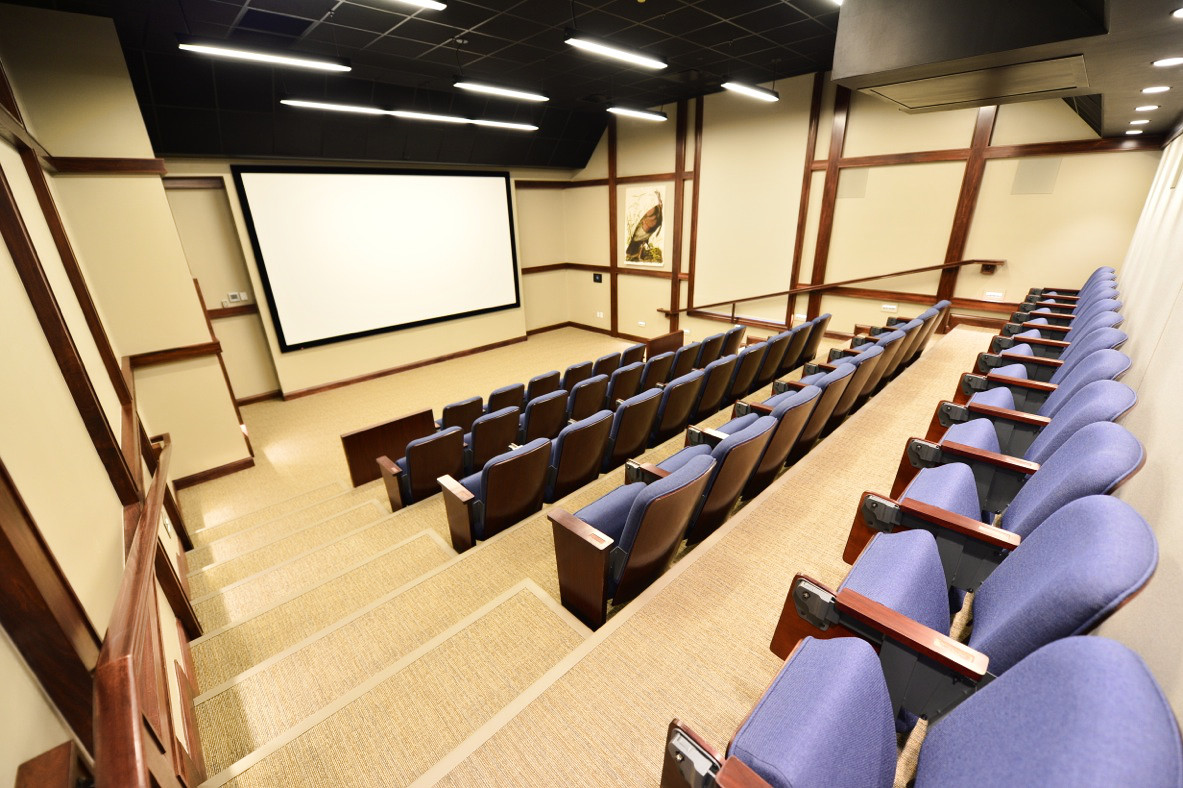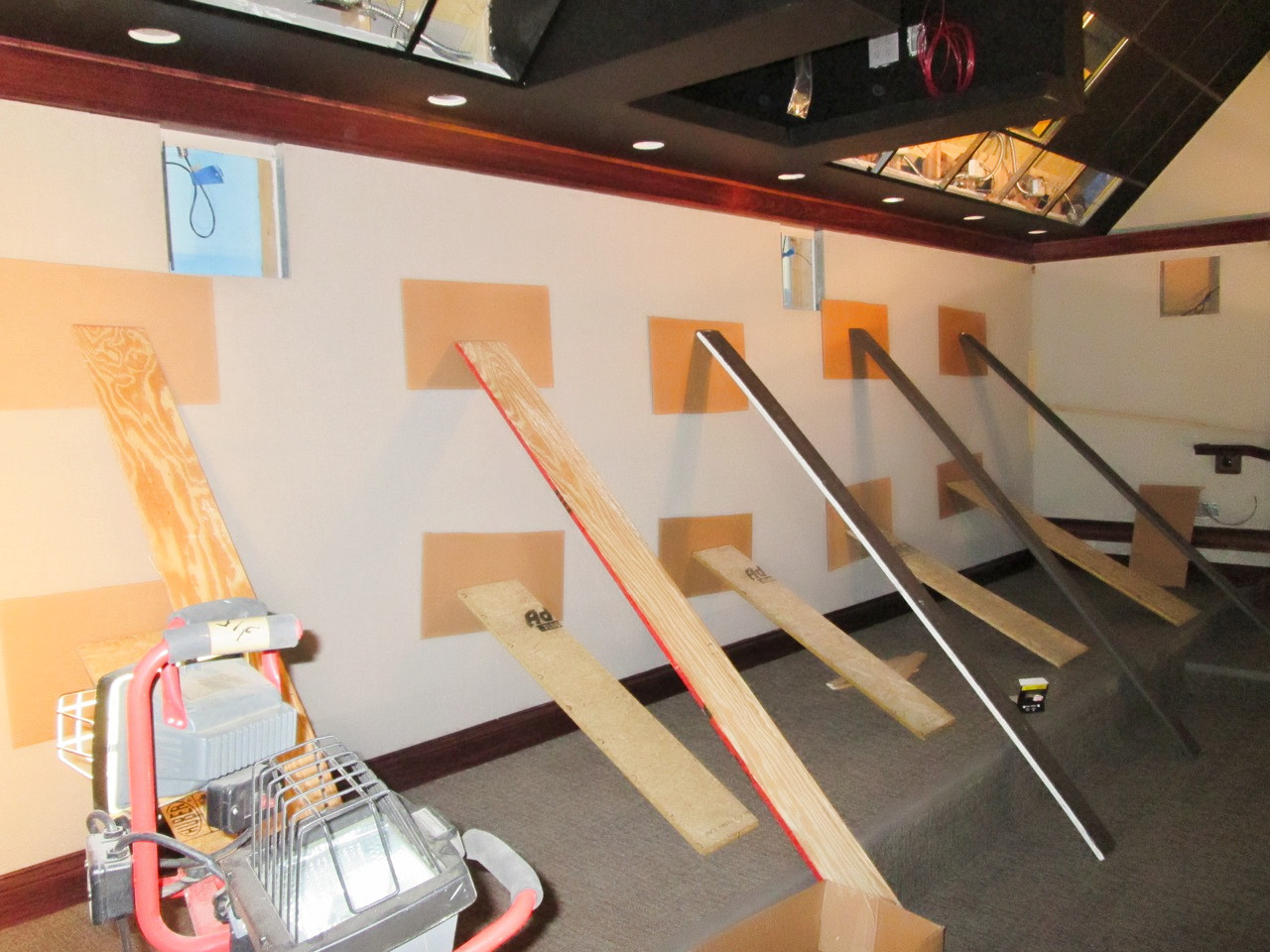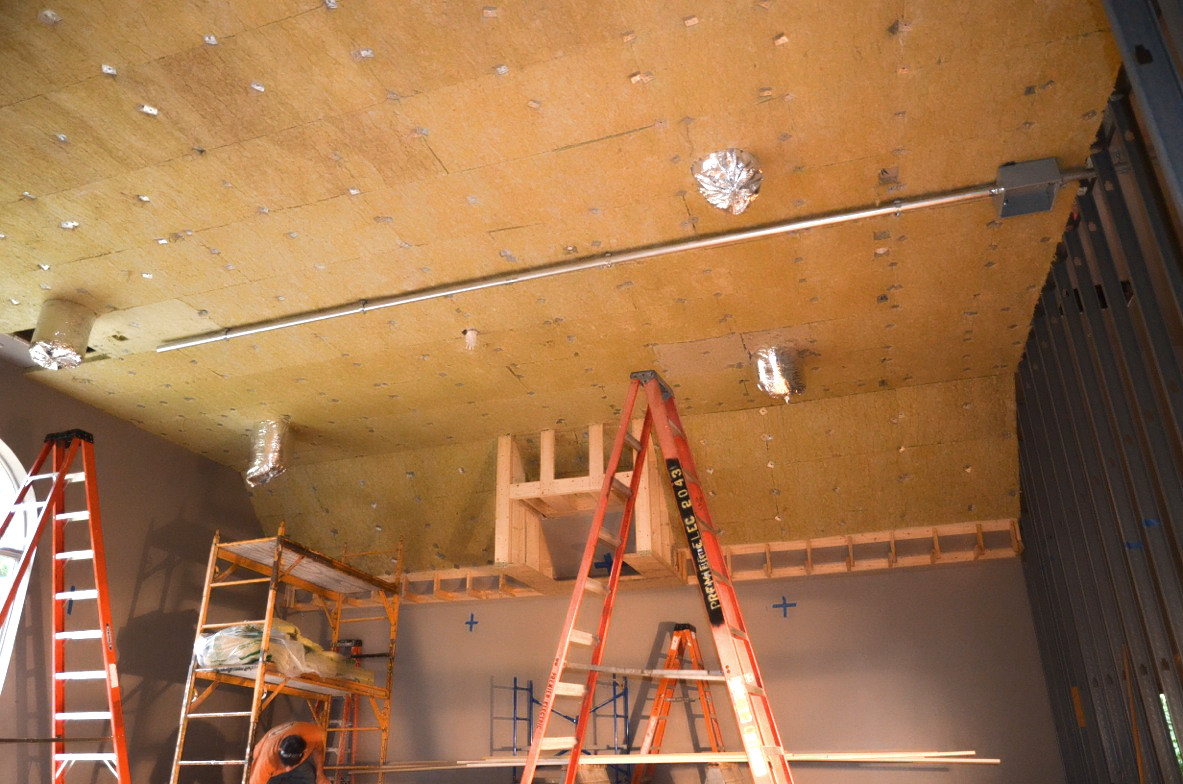Why did you purchase FuzzMeasure?
Be advised that I'm not a sound professional. I'm a farmer. My friend and local architect Tim Skinner was the real designer, a great local architect who came up with the original floor plan that fit inside of the existing museum building. I put a few acoustic details into the project. I did a lot of research online and came across FuzzMeasure. Although I am a layperson and first time FuzzMeasure user, the software was intuitive and easy to use. From the very beginning, we used FuzzMeasure to analyze the space where we wanted to build the theater.
What was the problem in the theater space you were trying to solve with FuzzMeasure?
We were converting a little-used space in the park’s museum that had horrible acoustics. The room was a barn-like hall with Plexiglass, hard drywall and plywood floor. Reverb times were exceeding 1.5 seconds for some frequencies. The dimensions of the room were such that the reverb was terrible! Groups of people would try to talk louder to overcome the reverb.
FuzzMeasure helped us to target the problem mid bass frequencies while not over dampening the high end. We wanted to emulate an "outdoor experience" with very clear sound, i.e. the chirp of a bird, leaves rustling, a bullfrog, etc. We wanted studio-quality sound that wasn’t too dead. We wanted the reverb times to be really low like an outdoor environment without being noisy. I am pleased to say that now you can hear a pin drop in the theater. Reverb times are all below 0.3 seconds!




